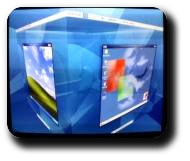Video: Compiz-Fusion — first impressions
“We live only to discover beauty. All else is a form of waiting.” — Khalil Gibran
| Link | Playable by | Resolution | Size |
|---|---|---|---|
| Compiz-Fusion.mp4 | iPod, QuickTime, MPlayer, VLC Media Player | 320×240 | 1.19 MB |
| Compiz-Fusion.mpg | Windows Media Player, MPlayer, VLC Media Player | 352×288 | 10.21 MB |
| Compiz-Fusion.ogg | MPlayer, VLC Media Player | 1280×960 | 28.35 MB |
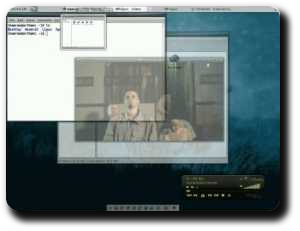
|
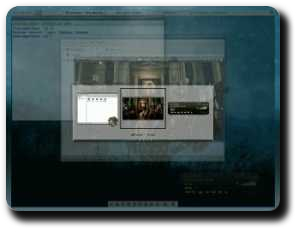
|
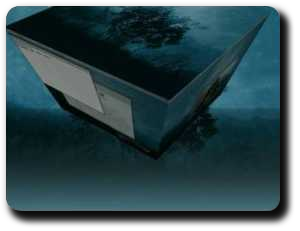
|
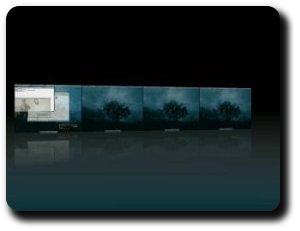
|
| Setup | |
|---|---|
| Distribution | Linux From Scratch |
| Desktop Environment | Xfce |
| Window Manager | Compiz-Fusion |



